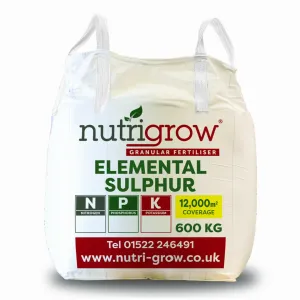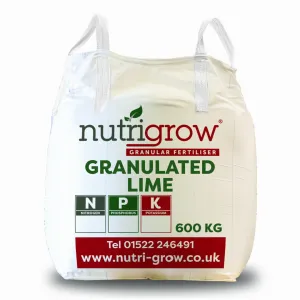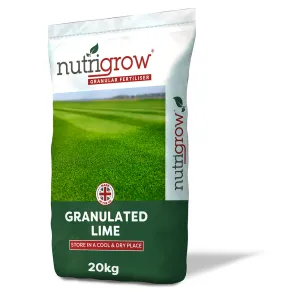Top Tip!
Keep grass at least three inches tall. (Grass below three inches stresses the plant by reducing the leaf surface which grasses use to make their own food. Eventually the grass depletes its stored reserves and dies leaving bare spots in your paddocks and pasture).
What is Poaching?
Poaching of paddocks is a serious issue that most livestock owners face come the wetter months of the year. There is no need to keep your horse or pony in a stable for hours and days on end due to there being no grazing providing you have put the right measures in place early enough.
By planning the maintenance of your paddocks in March and then again in September you can help provide the best use of the grazing land you have. This will not only ensure the health and wellbeing of your horse but will also be more aesthetically pleasing when compared to the usual churned up mud pits seen throughout the winter.
When reviewing your maintenance schedule for your fields, it is easier to think from the bottom and work up. Drainage is the biggest issue when faced with land susceptible to poaching. Thinking about the drainage of your pasture in the spring will help to help remove any standing water and saturated areas in the winter.
Land that gets very wet is susceptible to poaching; and poached fields can encourage problems with your horse’s health such as foot problems; mud fever or thrush. If your field has poor drainage and you are unable to do any permanent fixes, a temporary and cheaper measure could be to mole plough or deep tine aerate. Most local contractors or farmers should be able to help you with this. This will also help grass be able to root deeper and in turn withstand damage to frost, drought and grazing better.
Top Tip: You will usually know the animals who are more likely to destroy fields & where possible these could be catered for by putting in fields which have better drainage or are on lighter land.
Top Tip: 1 horse should be grazed on a minimum of 1 acre, although we fully understand not everyone has this luxury.
The use of an early spring chain harrow & flat roll will help if you are trying to level your pasture after poaching has occurred. This will not only remove any dead thatch & manure on the surface, it will also help to get new or small grass plants tillering. This means they will start to spread outwards rather than growing upwards. Avoid using weed killer or fertiliser for a few weeks before or after treatment as the grass could be damaged. In terms of re-seeding, you should use a seed mix which is specifically designed for horse paddocks. Ideally you would want one which has a variety of grass species as they can all help offer something different.











